I never expected my journey to Italy’s “Gran Sasso” would be so life-changing. Standing at the base of what locals call the “Big Stone,” I felt tiny against central Italy’s highest mountain.
The Abruzzo region offers some of the most stunning wilderness hiking in Italy, just an hour from Rome. This makes it perfect for travelers who want both natural beauty and accessibility.
The trail up Gran Sasso reminded me why I fell in love with hiking in the Italian Alps. Each step brought new views – wildflowers dotting rocky paths, mountain goats watching from ledges, and valleys stretching to the horizon.
The path wasn’t always clear, especially near the top where I had to search for signs between stone walls, but that’s part of the adventure.
My favorite moment came when I reached a perfect resting spot – a large sun-warmed stone that held the day’s heat. As I sat catching my breath, the surrounding peaks glowed golden in the evening light. Though the hike was challenging with its steep climbs and big stone steps, the panoramic views made every drop of sweat worthwhile.
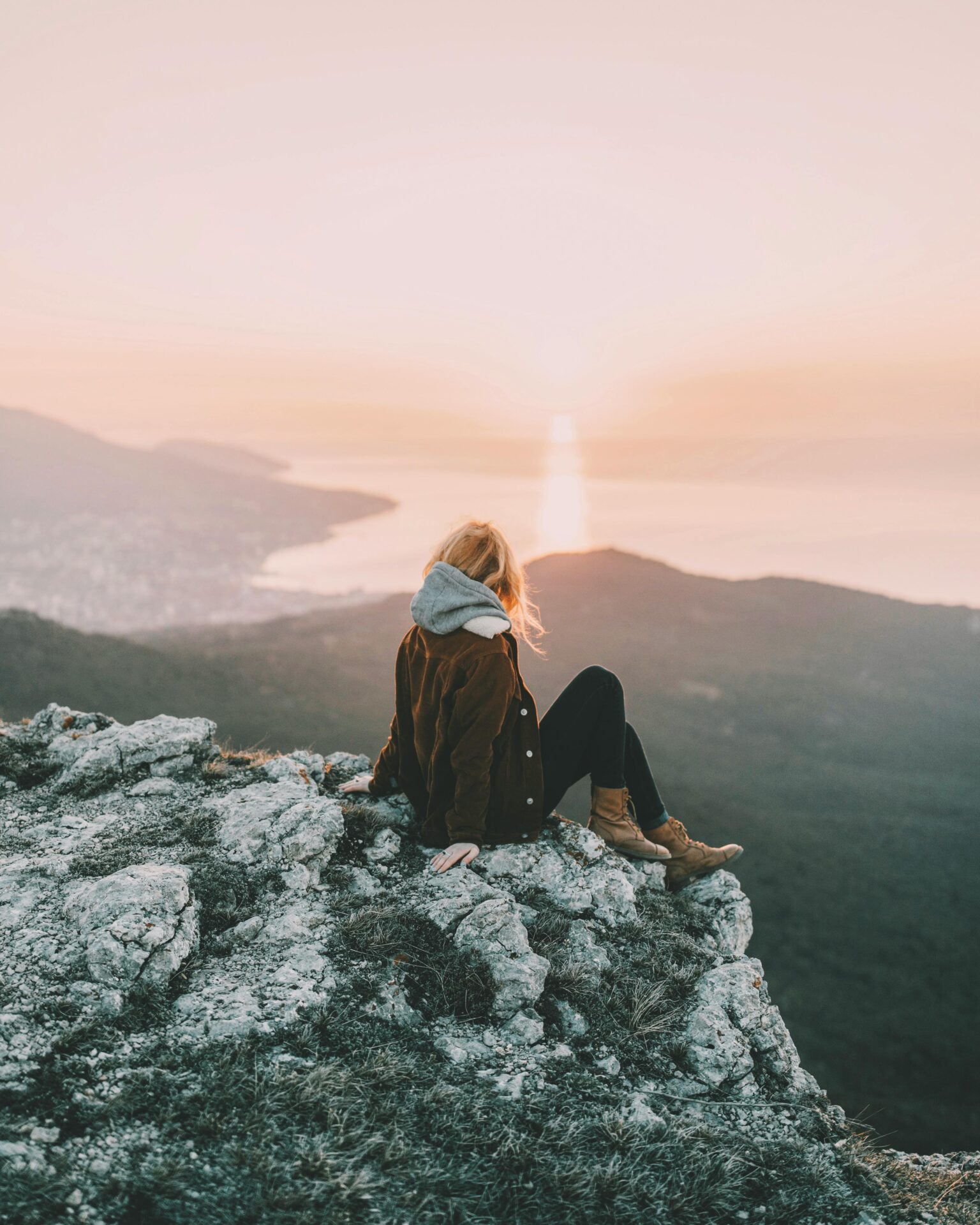
Preparing for the Climb
Hiking to the top of the “Big Stone” in Italy requires careful planning and the right equipment. The trail can be challenging, especially with changing weather conditions and steep sections along the way.
Choosing the Right Gear
I learned quickly that proper footwear is non-negotiable for this hike. I invested in high-quality hiking boots with excellent ankle support and grip. The rocky terrain demands shoes that can handle both loose stones and occasional wet patches.
My backpack contained essential items:
- Water: At least 2 liters (more in summer)
- High-energy snacks (nuts, dried fruit, energy bars)
- First aid kit with blister treatment
- Sun protection (hat, sunscreen, sunglasses)
- Light rain jacket (weather can change quickly)
I also brought hiking poles to help distribute weight on steep descents. They reduced strain on my knees significantly. A headlamp proved useful when I started before sunrise to catch the morning light.
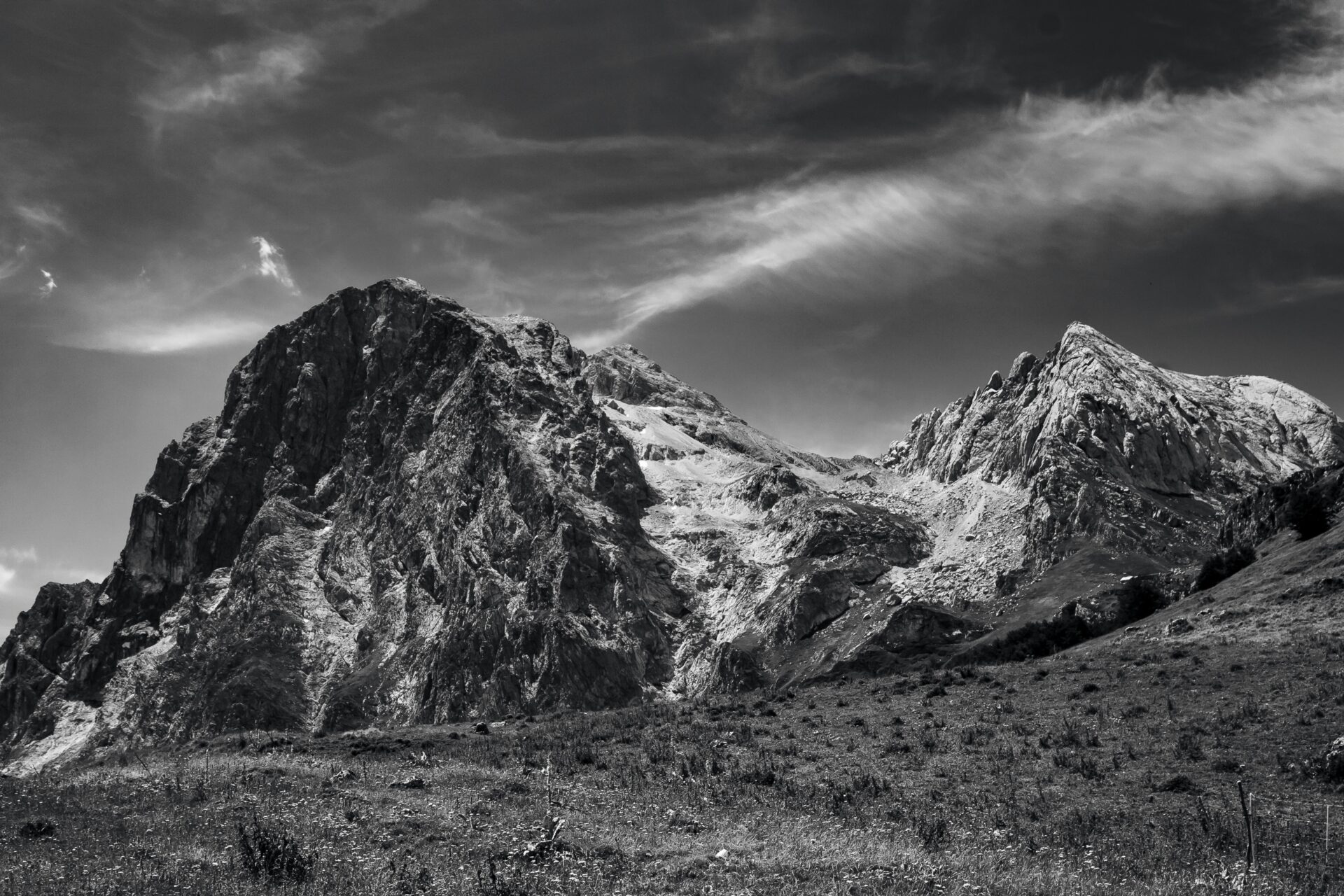
The Best Time to Hike
The optimal window for hiking the Big Stone is from mid-June to late September. I found early July perfect – the snow had melted from the higher paths but the summer crowds hadn’t reached their peak.
Morning starts are essential, especially in summer. I set out by 7:00 AM to avoid afternoon heat and potential thunderstorms that typically develop later in the day.
Weather patterns in the Dolomites can shift dramatically. I checked mountain-specific forecasts the night before and morning of my hike. Some hikers I met had been caught in sudden downpours because they hadn’t monitored conditions closely.
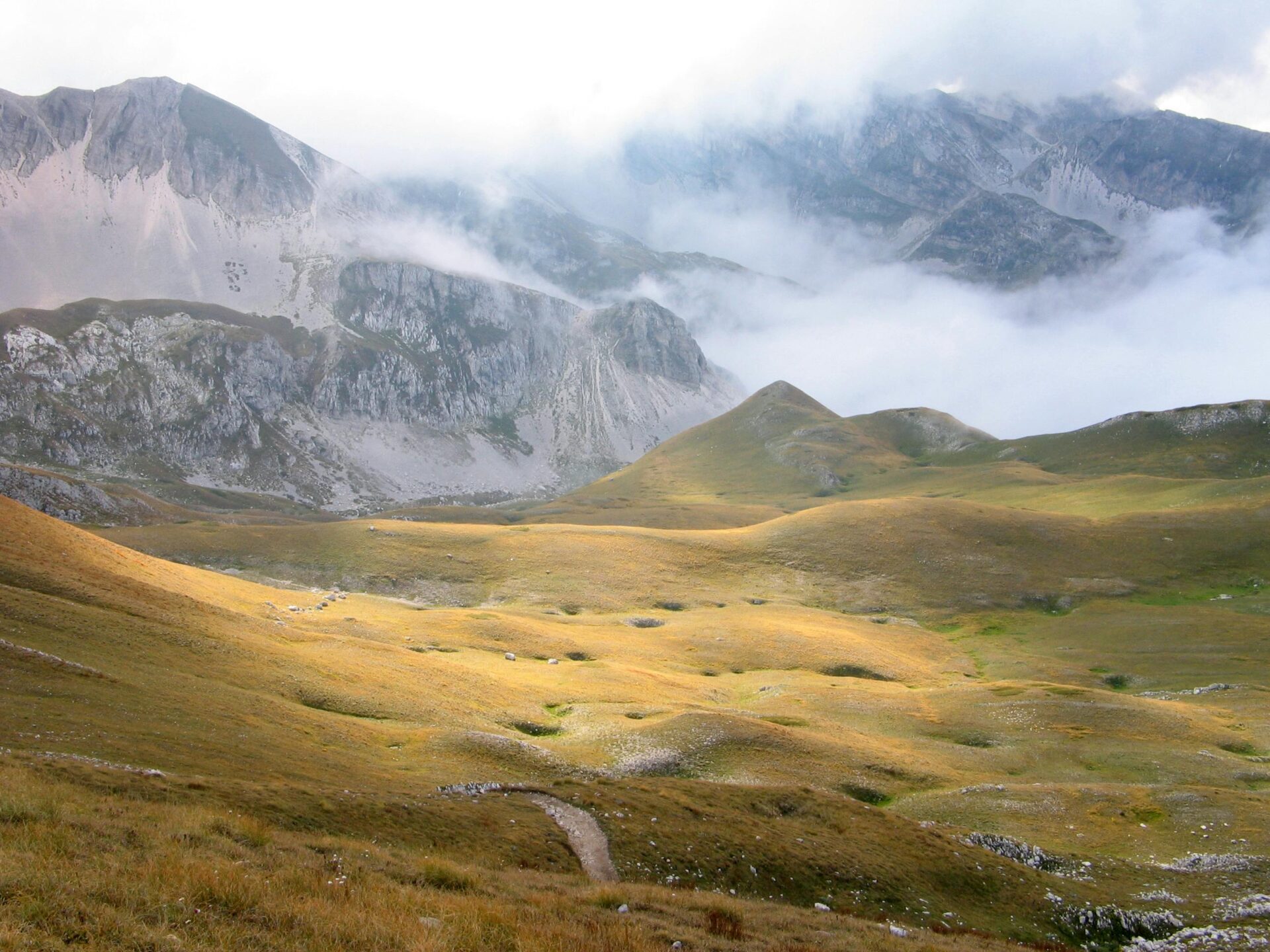
Understanding the Trail
The trail is marked with white and red paint blazes on rocks and trees. At junctions, I looked for the brown directional signs with arrows pointing toward various destinations, as mentioned in other hikers’ reviews.
The path includes several technical sections:
- Steep stone steps (similar to Holbert trail)
- Rocky passages requiring occasional hand support
- Exposed sections with significant drop-offs
I studied the vectors of the route beforehand, identifying key landmarks and decision points. The toughest climbing section comes about two-thirds of the way up, where the path narrows considerably.
Trail difficulty increases with altitude. Around 5000m, as noted by climbers, the air thins noticeably. I planned extra rest stops for this section to acclimatize properly, making the final push to the summit more manageable.

Setting Out on the Journey
The morning of our hike to Italy’s famous “Big Stone” in the Dolomites began with perfect weather and high spirits among our small group of adventurers.
Starting with a Group of Friends
Four of us gathered at the mountain village hostel just as the sun began to paint the surrounding peaks gold. Marco, my Italian friend who suggested this trek, brought homemade sandwiches for everyone. Lisa and Tom, experienced hikers from Canada, came prepared with extra water and first-aid supplies.
We checked our backpacks one final time before departure. My pack contained:
- Lightweight rain jacket
- 2 liters of water
- Trail mix and energy bars
- Camera
- Extra socks
The local guide at the hostel warned us about afternoon thunderstorms common in the Dolomites during spring. He marked several emergency shelter points on our map and suggested we begin early to avoid potential weather issues.
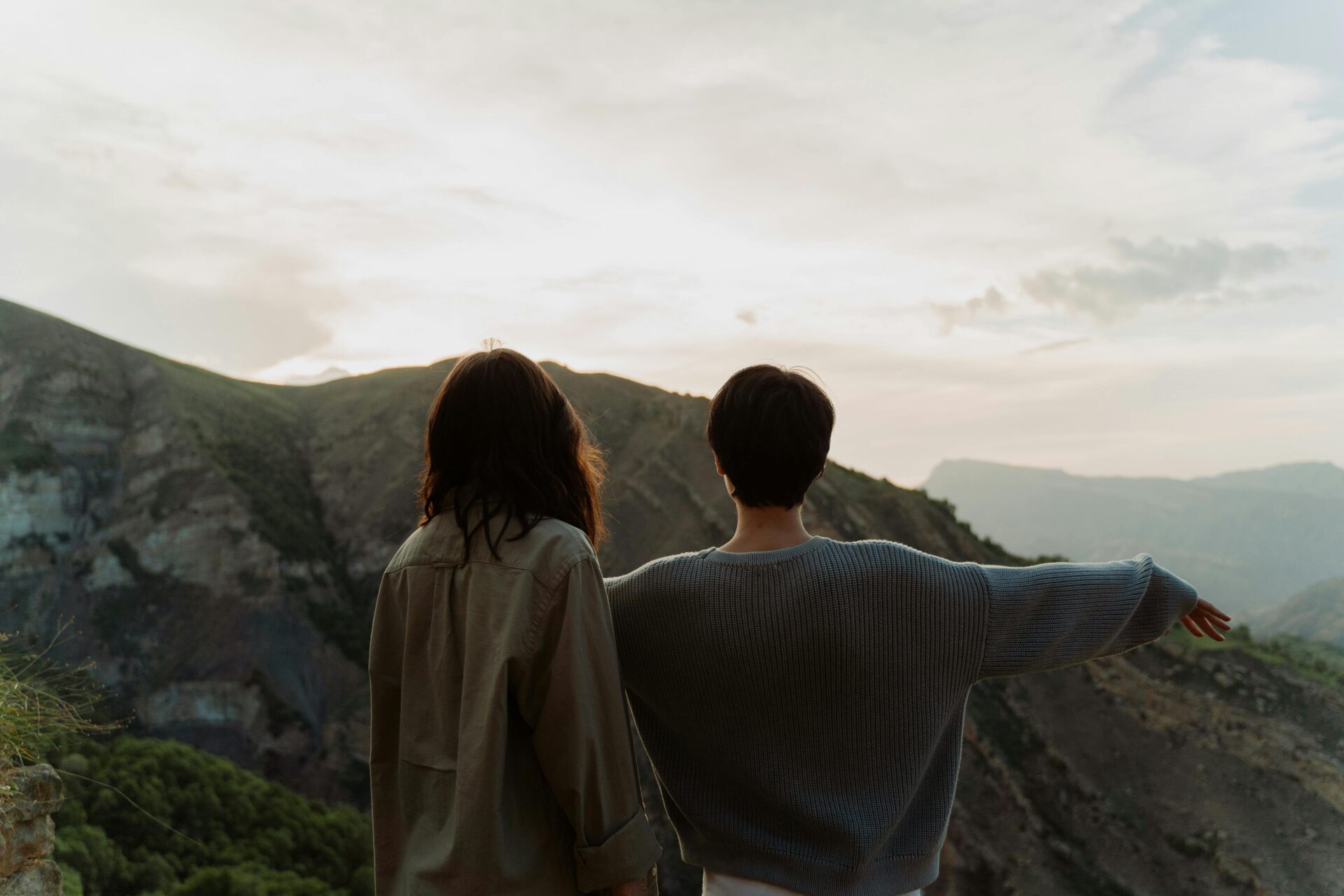
First Approach to the Big Stone
The trailhead began just behind the village church where a wooden sign marked the path to “La Grande Pietra” (The Big Stone). The first kilometer meandered through pine forests, with dappled sunlight creating patterns on the forest floor.
The path gradually opened to reveal our first real view of the massive rock formation looming ahead. Standing against the blue sky, the limestone giant looked impossibly steep from this angle.
“It’s much bigger than I imagined,” Lisa whispered, tilting her head back to take in the full height.
A mountain stream crossed our path about an hour in, providing a perfect spot for our first short break. The water ran crystal clear over smooth stones, and the sound of it helped calm my growing nervousness about the climb ahead.

Tackling the Ascent
The real work began where the forest ended and the rocky terrain took over. The trail narrowed significantly and zigzagged up the eastern face of the formation. Metal cables appeared at steeper sections, providing necessary handholds.
“Take it slow and steady,” Marco advised as we began the technical portion of the climb. “Focus on your footing, not the view—that comes later.”
My legs burned with each step upward. The altitude made breathing more labored, forcing us to take frequent short breaks. Despite the challenge, a rhythm developed in our movement—step, breathe, grab, pause, repeat.
About halfway up, we encountered a small plateau where previous hikers had built a cairn of stacked stones. We each added one to the pile, a tradition meant to bring good luck for the remainder of the ascent.
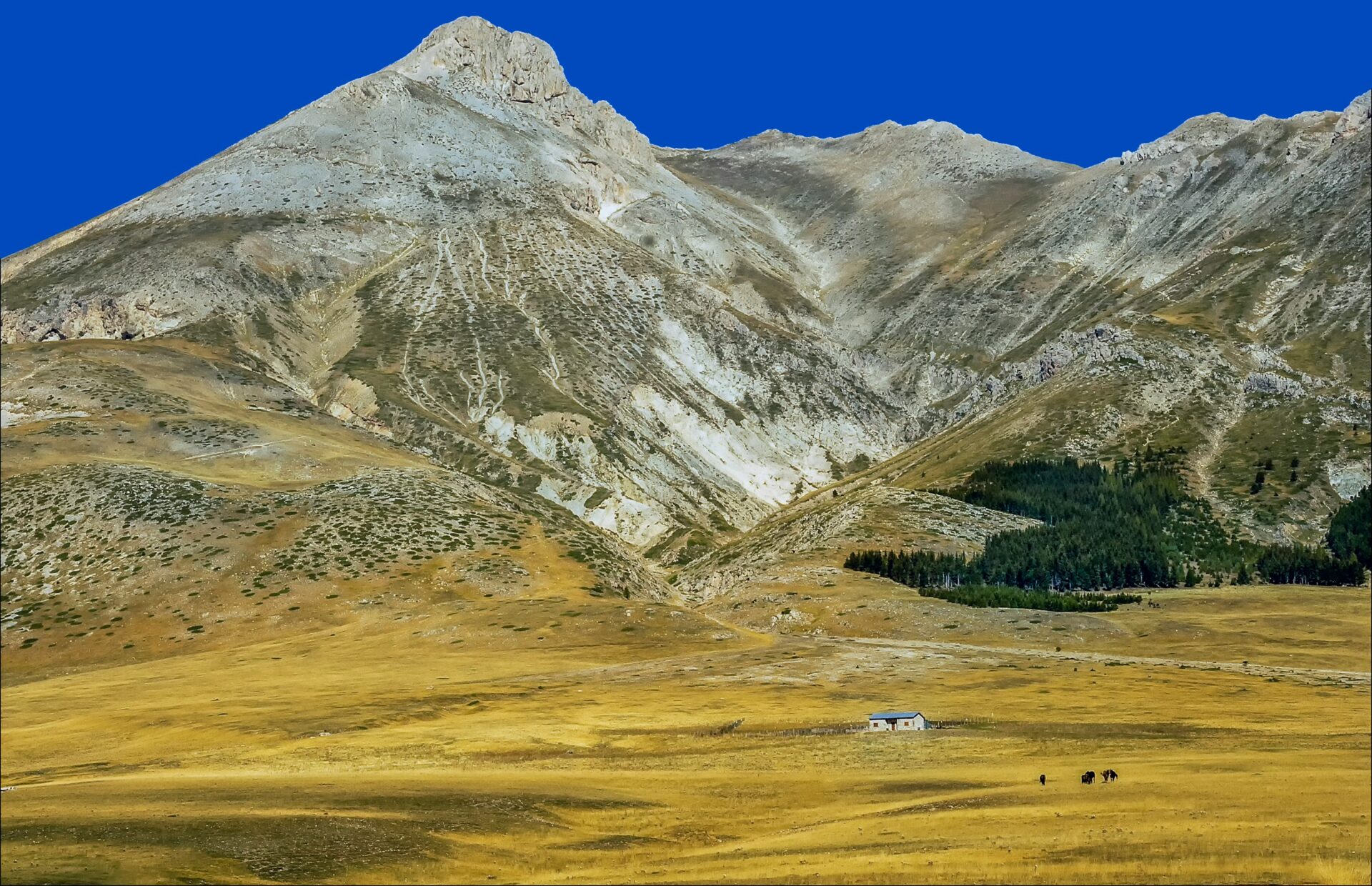
Overcoming Challenges
Hiking the “Big Stone” tested both my physical endurance and mental resilience. The journey pushed me beyond my comfort zone but taught me valuable lessons about perseverance.
Navigating Difficult Terrain
The path up the Big Stone featured massive stone steps that required careful navigation. Unlike the lizards that scampered effortlessly between them (as mentioned in one search result), my legs burned with each upward step.
Some sections resembled nature’s own StairMaster, with uneven steps forcing me to watch every footfall. I carried a hiking pole which proved invaluable for balance on the steeper portions.
The most challenging part came about two-thirds up, where loose rocks created a treacherous passage. I had to use my hands at times, engaging in light climbing movements to secure safe passage.
Several fellow hikers turned back at this point. Taking it slowly and choosing each step carefully, I managed to push through despite my burning thighs.
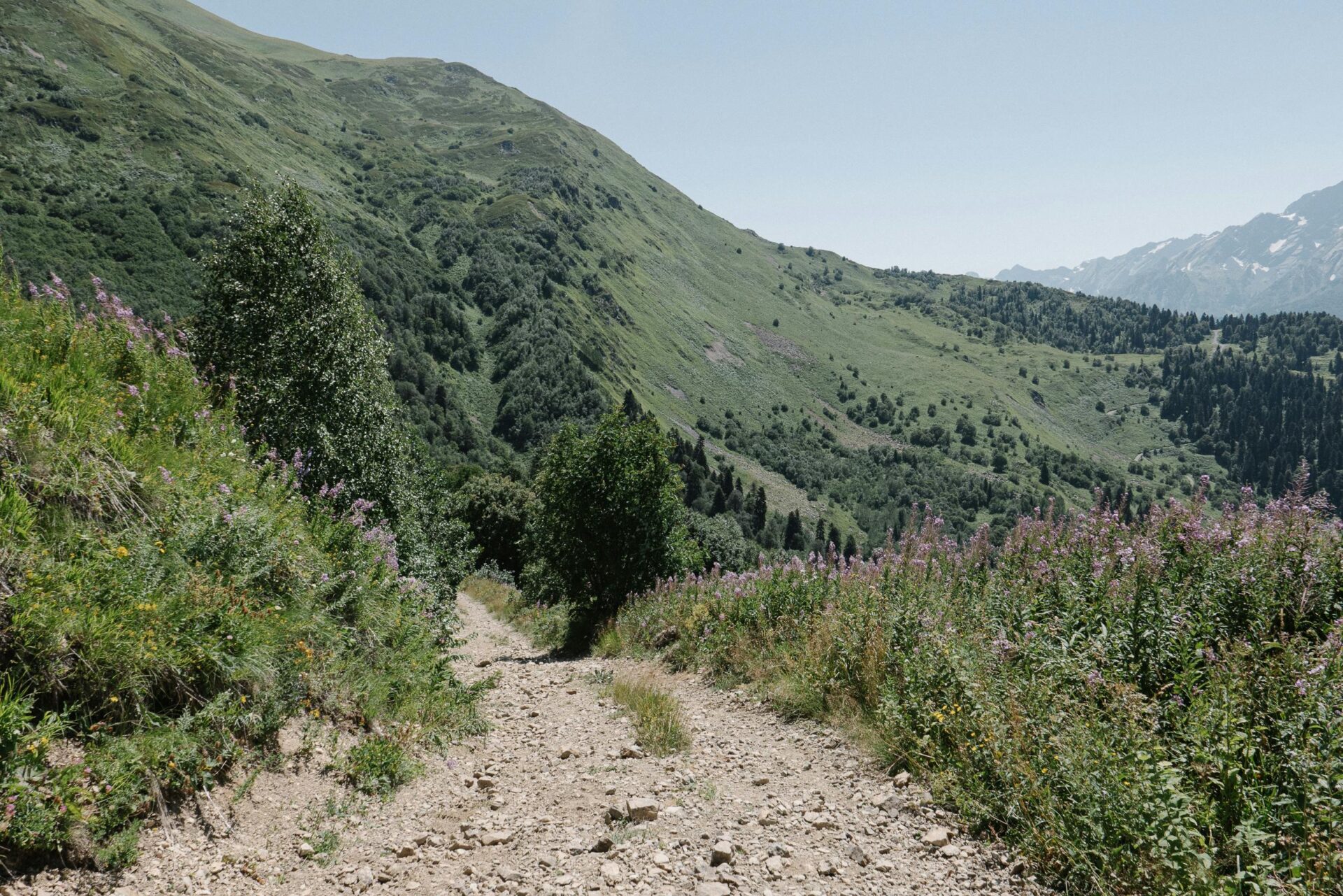
Weather and Environmental Conditions
The weather shifted dramatically during my ascent. I started in pleasant sunshine, but clouds gathered quickly as I climbed higher.
The wind picked up considerably near the summit, creating a chilling effect despite my exertion. I was thankful for packing layers, quickly adding my windbreaker to cut the sudden cold.
Rain threatened briefly, with dark clouds swirling around the peak. This added urgency to reach the summit before potential storms made the terrain even more dangerous.
The sun exposure on open sections shouldn’t be underestimated. Without shade for long stretches, I relied heavily on my hat, sunscreen, and frequent water breaks to prevent overheating and dehydration.
Temperature changes between exposed and sheltered sections created a constant need to adjust clothing and pace.
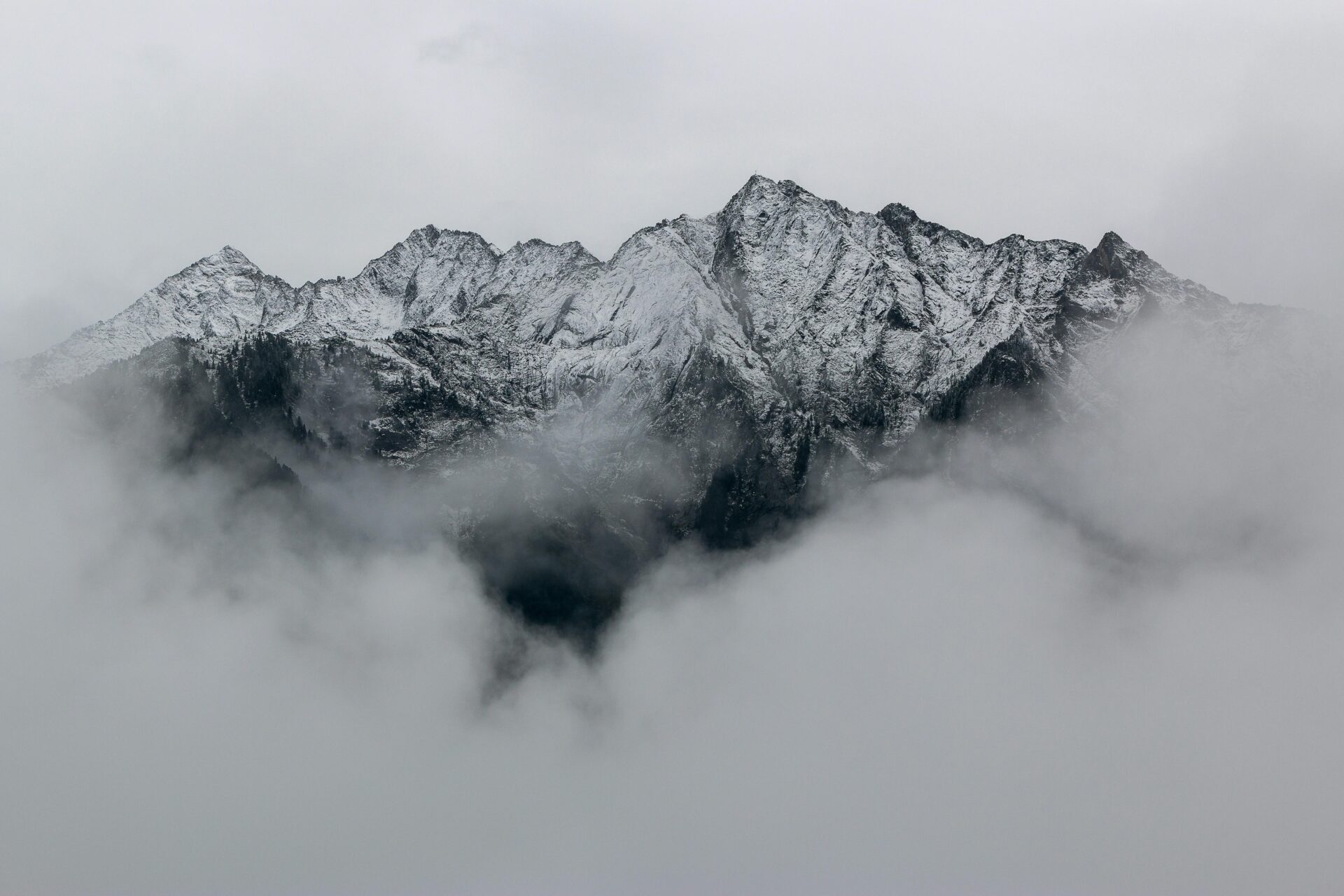
The Summit Experience
After hours of challenging hiking, the moment of triumph finally arrived. Reaching the summit of Italy’s “Big Stone” brought an amazing mix of relief and pure joy that made every difficult step worth it.
First Glimpses from the Top
Standing at the peak, I felt like I could see forever. The panoramic views stretched across miles of Alpine landscape, with snow-capped mountains creating a jagged horizon against the blue sky.
The early morning light cast long shadows across the valleys below. It’s amazing how much smaller everything looks from up here.
I found a smooth rock to sit on and just took it all in. Some climbers had told me the views would be good, but “good” doesn’t begin to describe what I was seeing.
Time seemed to stop as I watched clouds drift across neighboring peaks. The stillness was broken only by the occasional wind gust and distant calls of birds circling below.
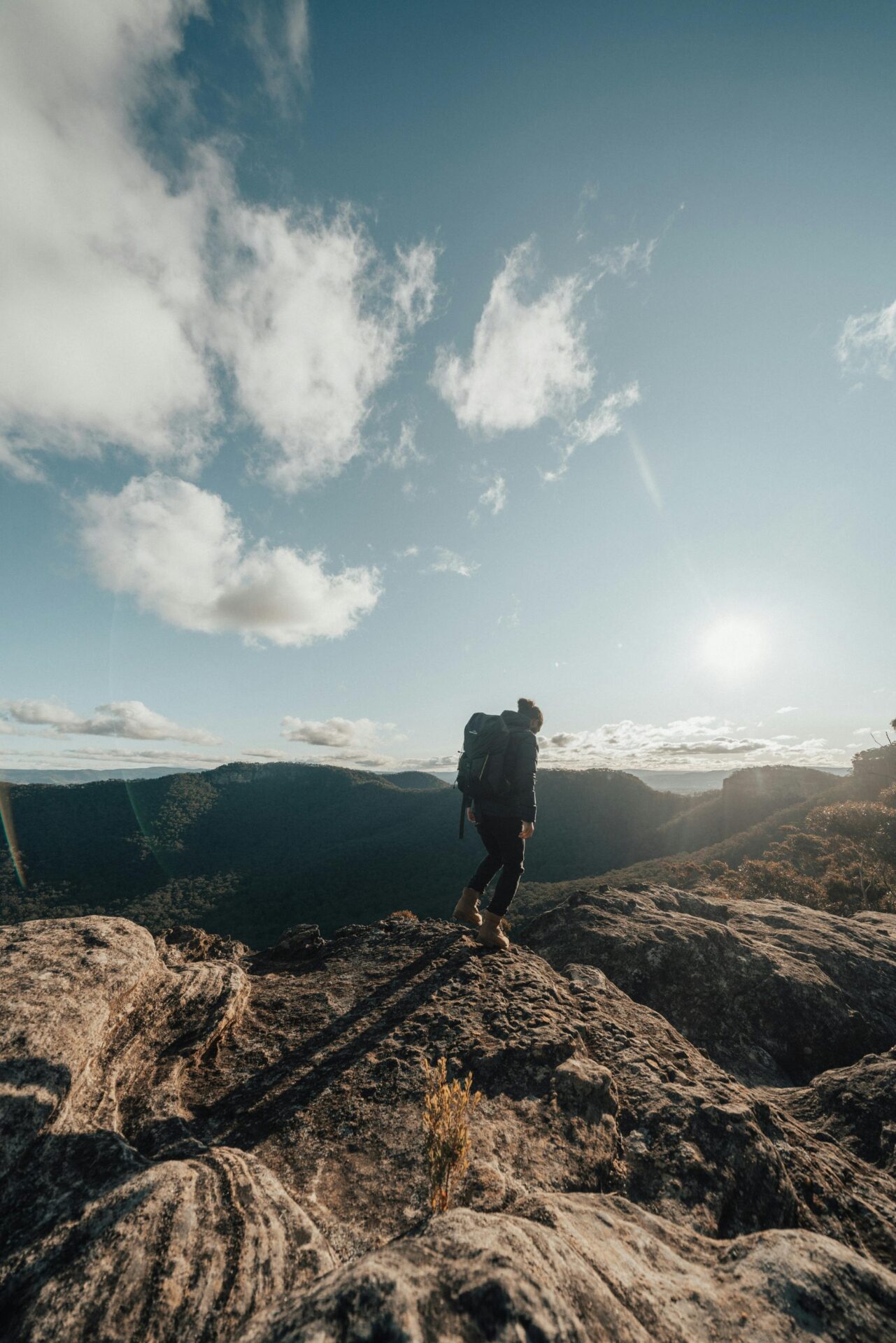
Sharing the Achievement
My friends arrived at the summit about twenty minutes after me. Their faces showed the same mix of exhaustion and amazement that I felt.
We took turns snapping photos of each other with arms raised in victory. These would definitely be profile pictures for months to come!
A small group of hikers from Germany joined us, and we traded stories about our climbs. Despite language barriers, we shared a special bond as summit-reachers on this magnificent day.
One of my friends unpacked a small Italian flag she’d carried specifically for this moment. We posed with it fluttering in the wind – a perfect summit memory.
The achievement felt even sweeter being able to share it. Sometimes reaching a goal alone is nice, but having friends to celebrate with makes the experience truly unforgettable.

Capturing Memories
The best part about hiking to the Big Stone was preserving those special moments through photography and video. I discovered that capturing the right images takes both skill and respect for this breathtaking natural environment.
Taking Photos and Videos
I brought my smartphone and a small action camera to document my journey to the Big Stone. The morning light created perfect conditions for photos, casting soft shadows across the rocky landscape. I found that wide-angle shots worked best to capture the massive scale of the stone against the blue Italian sky.
Instead of only taking posed selfies, I recorded short video clips of my climb and the stunning panoramic views from different elevations. The changing perspectives as I hiked higher provided diverse content that truly showed the experience.
Some of my favorite shots came from unexpected moments – a butterfly landing nearby, the texture of ancient rock formations, and the tiny village below that looked like a miniature model from the summit.
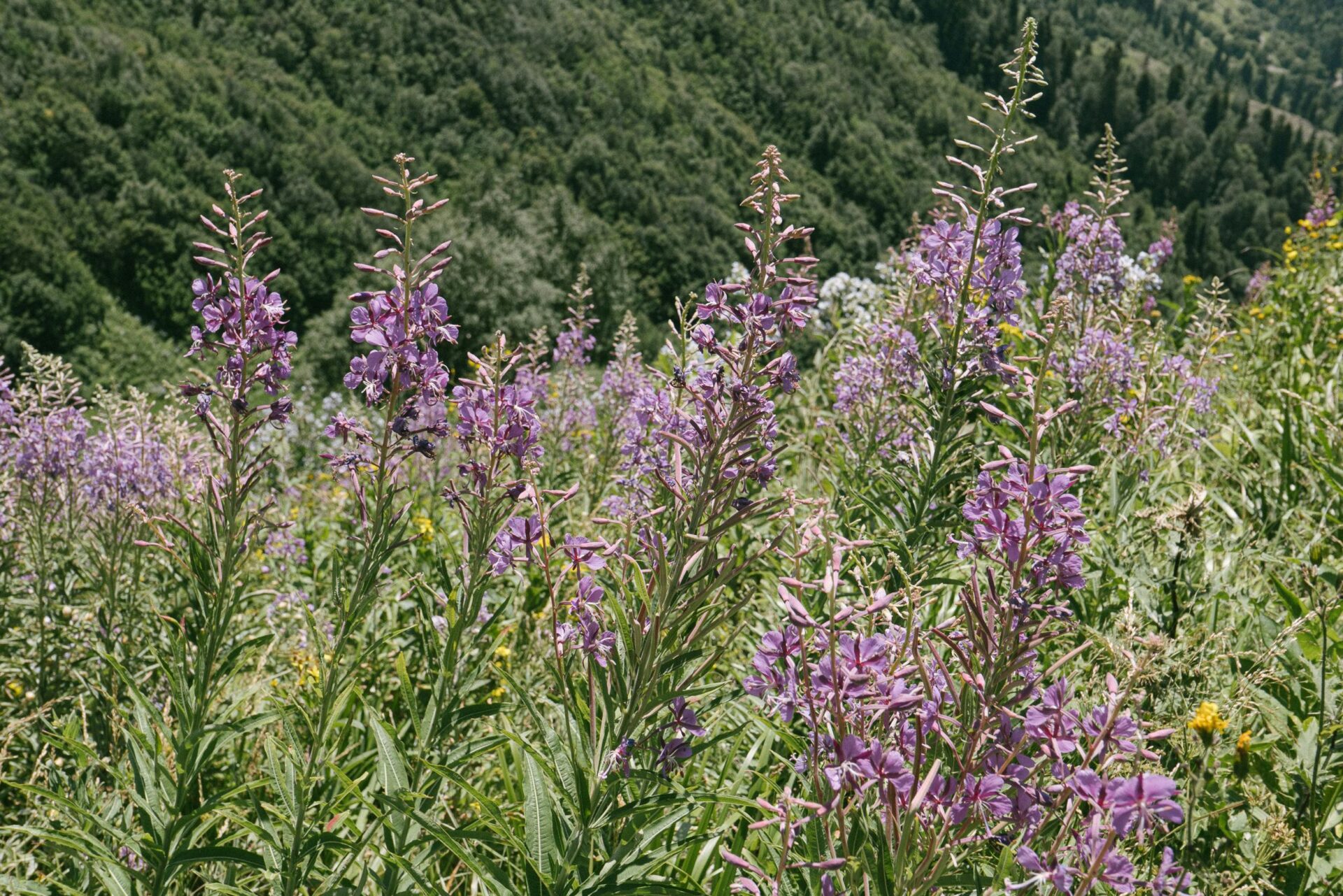
Ethics of Outdoor Photography
While capturing memories was important, I made sure to photograph responsibly. I stayed on marked trails and never disturbed plant life or wildlife for a better shot.
I avoided using stock photos or images from others when sharing my experience. Authentic personal photos tell a more honest story of what visitors can actually expect.
When other hikers appeared in my frame, I politely asked permission before including them in any shots I planned to share online. This simple courtesy respects everyone’s privacy while on the mountain.
I also resisted the urge to geotag certain fragile or less-known spots around the Big Stone. Some locations are better left undisturbed by heavy visitor traffic that can come from social media popularity.

